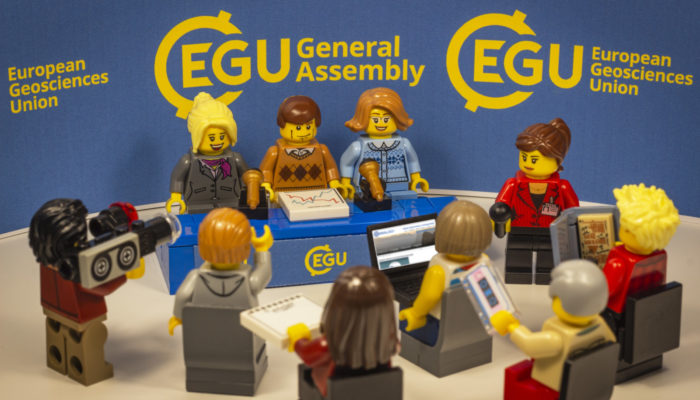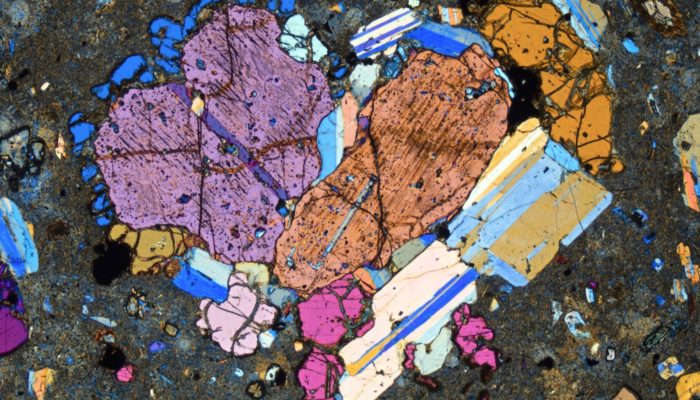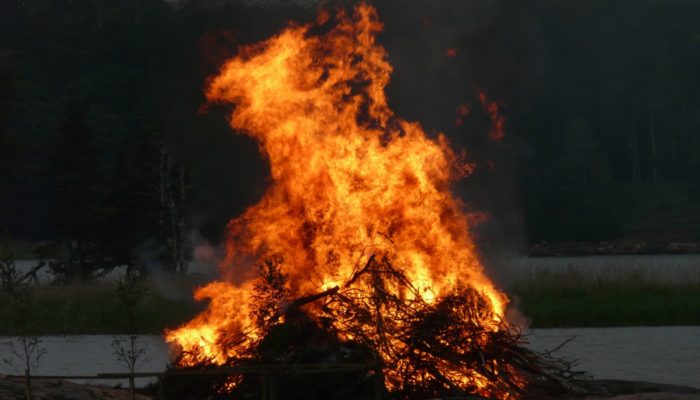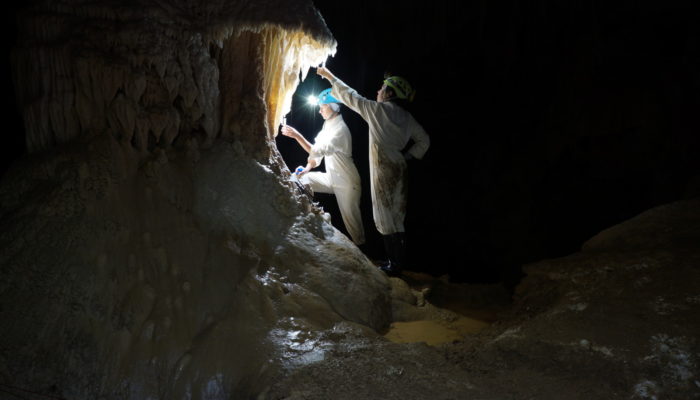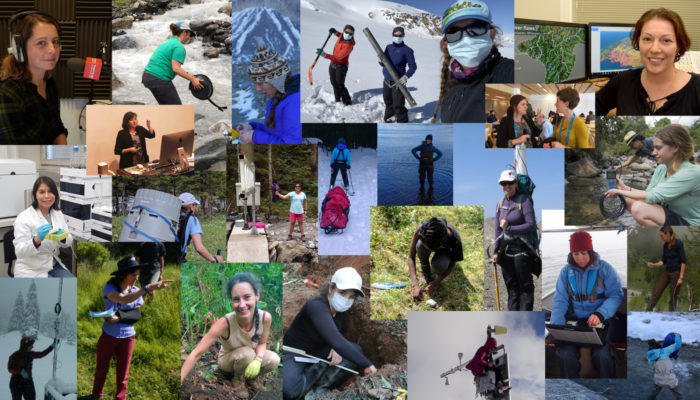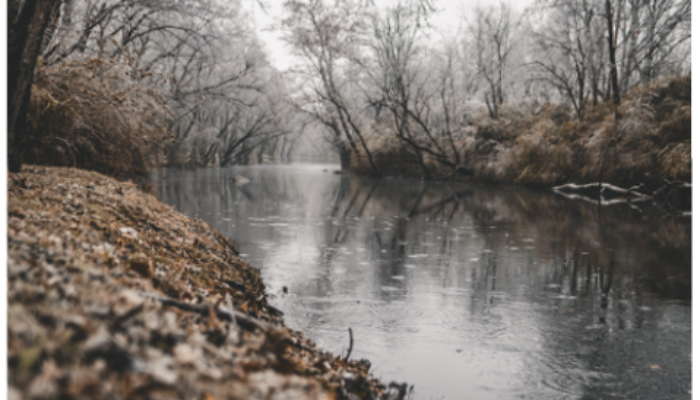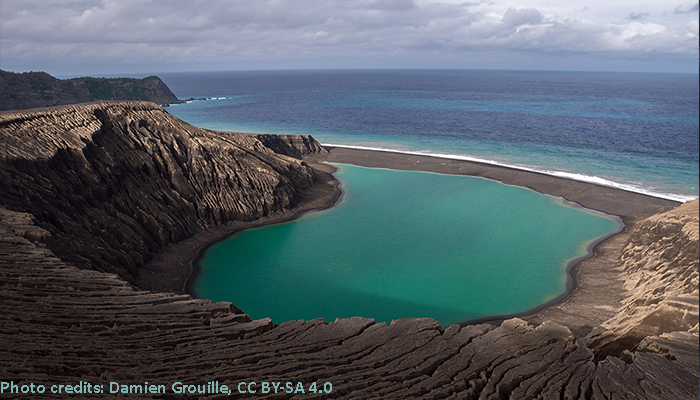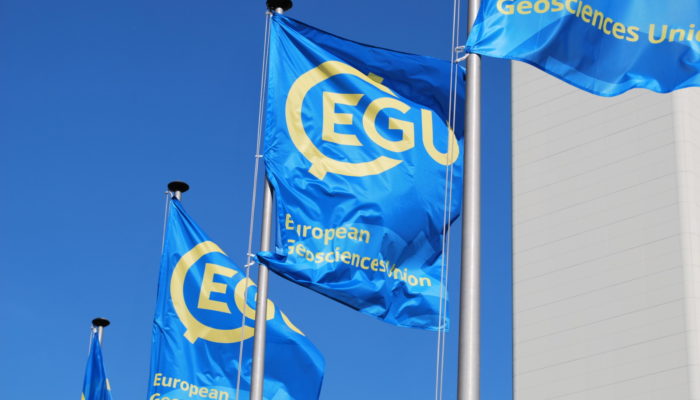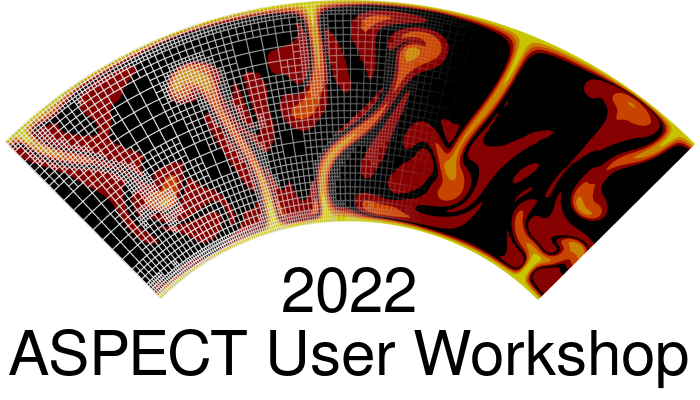We have one vacancy for a photographer with an interest in science communication to work at the press centre of the EGU22 General Assembly which will be held in Vienna, Austria and online, from 23–27 May. The successful candidate will be required to attend the General Assembly in-person in Vienna. Applications from geoscience students with experience in science communication are also very welcome. ...[Read More]
GeoLog
Imaggeo On Monday: The Heart of a Stone
Heart-shaped glomerocryst (aggregate of phenocrysts) made of plagioclase and pyroxene in a cordierite-bearing dacitic lava from Lipari (Eolie Islands). I study the crustal xenoliths of these lavas to understand the processes accompanying high-temperature metamorphism and crustal melting. But I came across this spectacular glomerocryst and couldn’t help but take a picture! Polarized light pho ...[Read More]
Geodesy
EGU Campfire Geodesy – Share Your Research – Fourth Edition
We all welcome you around our fourth EGU Geodesy Campfire to listen to two exciting talks by Early Career Scientists (ECS) Marcello Passaro and Kevin Gobron. The Geodesy EGU Campfire Events “Share Your Research” will give early career researchers the chance to talk about their work. Below you can find detailed descriptions about their talks. We will have time for networking after the presen ...[Read More]
GeoLog
Women in science: Inspiring and honest stories that call for support and change
Sometimes, a simple story in a book or movie lights a spark and makes a young person curious about science. These young minds grow up dreaming to be mathematicians, scientists, doctors, engineers, technologists, and astronauts. But the road to being a woman or girl in science is rarely an easy one – even today in 2022! Despite the collective awareness of and push to break gender barriers and dispa ...[Read More]
Hydrological Sciences
International Day of Women & Girls in Science
Today is the 8th International Day of Women and Girls in Science. We use the opportunity to simply show you who we are and how we work. How do you picture a scientist? The GeoLog publishes a selection of interviews with women scientists. Links to other related EGU Blog entries: 2021 GFGD Blog on the International Day of Women and Girls in Science 2020 HS Blog on How Do You Pic ...[Read More]
Cryospheric Sciences
Climate change and cryosphere – A wetter future for the Arctic
The latest climate models show that Arctic precipitation is changing more rapidly than previously projected with an earlier transition to a rainfall-dominated precipitation. This rapid change in precipitation will have huge implications for the Arctic ecosystem as well as those who live within the region. Arctic precipitation change, why is it so important? The rapid change in Arctic climate, from ...[Read More]
Geochemistry, Mineralogy, Petrology & Volcanology
An Overview on the 15 Jan 2022 Hunga Tonga-Huna Ha’apai Eruption
Since 15 January 2022, the islands of the Tonga archipelago and surrounding territories have been suffering the effects of what has turned out to be one of the biggest eruptions of this century. The eruption occurred on Hunga Tonga-Hunga Ha’apai, an island created by the emergence of a large submarine volcano. HTHH is located among the ~170 islands of the Kingdom of Tonga and about 65 km nor ...[Read More]
GeoLog
The Top Five EGU Education Initiatives We Think You Should Know About
The EGU Education Committee has opened a call for new members to join. Positions on the committee are open to anyone with an interest in and passion for improving learning at the interface between geoscience and educators, so long as they are an EGU member. In particular, the Committee is keen to include the voices of Early Career Scientists (ECS). Details on the application process are detailed h ...[Read More]
Geodynamics
2022 ASPECT Users Workshop
On January 19th and 20th, ASPECT had it’s annual virtual user workshop. With more than 60 participants, the virtual workshop has grown quite a bit since it started in 2020. This two day world-wide virtual event was full of great developments and showing exiting new applications in which ASPECT is being used. I will give here a short summary of the topics which where presented and discussed, ...[Read More]
Stratigraphy, Sedimentology and Palaeontology
The Sedimentology of Palaeontology
A chance to reflect Over the last year, I have been lucky enough to spend more than two months in the field examining a variety of outcrops representing terrestrial, glacial and marine depositional settings. To protect Alberta’s fossil heritage, the law demands that all sites where excavation will be undertaken must be assessed for their paleontological potential. Should it prove likely that signi ...[Read More]

